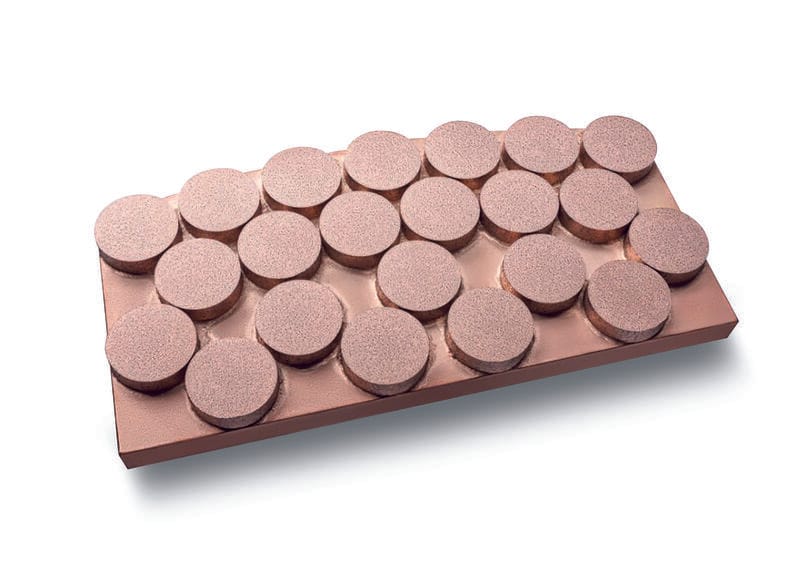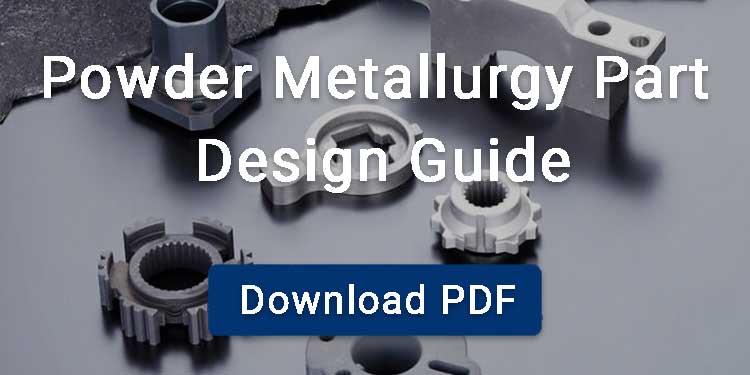Braking system of your vehicle plays an important role in driving safely on the road, but when we talk about the most simple and important part of this braking system, there comes braking pads. These brake pads are present near the rotors of your car wheel. The friction created by these pads enables you to stop your car safely. One considerable aspect of these brake pads is their material, as they have to bear a lot of heat and friction, so choosing a brake with the right material is essential. We will have a closer look at ceramic vs sintered brake pads which one to choose according to your vehicle.

Contents
How Brake Pads Work?
When you press the brake pad of your vehicle in order to slow down or stop the car, you actually activate a master braking system cylinder of your vehicle. Here is how it works:
- This cylinder sends the braking fluid to the calipers through hoses. These calipers are connected to the braking pads.
- The brake pads then put pressure on the rotor of your car’s wheel that is spinning.
- In this way they create friction and convert the mechanical energy of the car into heat, which is transferred to the brake pads and calipers before hitting the air.
- When this friction is created, the rotation of the wheel slows down or stops, resulting in safe braking.
What Are Sintered Brake Pads?
Sintered brake pads are considered one of the most widely used brake pads, either in motorcycles or in vehicles. Sintered brake pads are typically made from metallic powders such as copper, tin, and graphite, bonded under the powder metal sintering process.These brake pads are known for their sturdy friction (0.4–0.6) and high resistance towards heat.
Sintered brake pads are commonly used in motorcycles and off-road vehicles due to their superior performance in wet, muddy, or high-load environments. So with their superior braking performance, these sintered brake pads make the journey safe and enjoyable even in harsh conditions.

What Are Ceramic Brake Pads?
When it comes to corrosion resistance and efficient braking power in hot and cold temperature zones, the ceramic brake pad excels. These brake pads are manufactured using ceramic fibers,filler materials, and copper fibers at high temperature and pressure.
These base materials offer them excellent heat resistance and a moderate friction coefficient, resulting in highly efficient brake pads. These pads offer a quicker thermal recovery by transferring heat from pads to the rotor due to their excellent heat-conductive properties. All these properties combine to make ceramic brake pads reliable and durable for a safe braking system.

Ceramic vs Sintered Brake Pads
Performance
Sintered brake pads have a high friction coefficient and powerful braking capability compared to ceramic brake pads, which have a low friction coefficient. As a result, sintered brake pads perform well even under harsh conditions and are suitable for heavy bikes.
Ceramic pads may wear faster than sintered ones in off-road or heavy-load conditions, but they last long in regular driving scenarios. Ceramic brake pads are considered ideal to work under smooth, dry conditionsions.
Durability
When it comes to the long life and durability of ceramic vs sintered brake pads, the sintered brake pads take the lead. The base material of sintered brake pads makes them more durable and wear-resistant compared to ceramic brake pads. Ceramic brake pads wear easily under harsh conditions compared to sintered ones.
Noise Level
Ceramic brake pads offer a quieter braking operation compared to sintered brake pads. Since the sintered brake pads are made with metallic particles, they generate a louder sound when in operation. That’s why they are not suitable for everyday-used bikes.
Heat Resistance and Fade Performance
Sintered brake pads are engineered in such a way that they can handle high temperatures without losing their efficiency. Sintered brake pads are resistant to heat, which prevents brake fade, ensuring high performance during prolonged braking.
Whereas ceramic pads also offer impressive heat resistance and maintain a stable friction coefficient at high temperatures. But they may not outperform sintered pads in extreme heat scenarios.
Dust and Cleanliness
Since sintered brake pads are made with metallic base particles, they have high heat resistance. When they come into contact with the rotor, they can scrape away rotor material, resulting in more brake dust. Whereas the braking operation of ceramic brake pads produces less brake dust.
Rotor Wear
Ceramic brake pad material offers moderate friction to the rotor, which minimizes the abrasion and results in lower wear to the rotor surface. So if your brake pads are made with ceramic material, you do not need to spend on replacements of rotors. Whereas sintered pads are tougher on rotors. Their metallic particles can accelerate rotor wear. As a result, it may lead to higher replacement costs over time.
Cost
When it comes to cost for ceramic vs sintered brake pads, sintered brake pads are generally cost-effective and cheaper compared to ceramic brake pads, especially in high volume production. They provide excellent performance without spending too much. But these can wear sooner compared to ceramic pads. Ceramic brake pads are more expensive than sintered ones due to their manufacturing technique. But some high-end sintered brake pads may be more expensive, depending on the usage, model, manufacturer, etc.
Safety
Since ceramic pads offer enhanced thermal decay performance, this helps manage heat buildup during intense or repeated braking. Ceramic brake pads can maintain consistent brake response and have a low risk of brake fade compared to sintered brake pads.
This is because of the capability of ceramic brake pads that do not tend to raise the brake fluid temperature. Where sintered brake pads have higher thermal resistance, they can transfer more heat to rotors and brake fluid. As a result, it may increase wear or affect long-term system performance.
Looking for sintered brake pads? BLUE is a dedicated powder-metallurgy supplier with 20 years of industry experience. We offer a wide range of sintered brake pads for motorcycles, bicycles, and cars. Contact us with your requirements, and we’ll recommend the best solution for your application.



